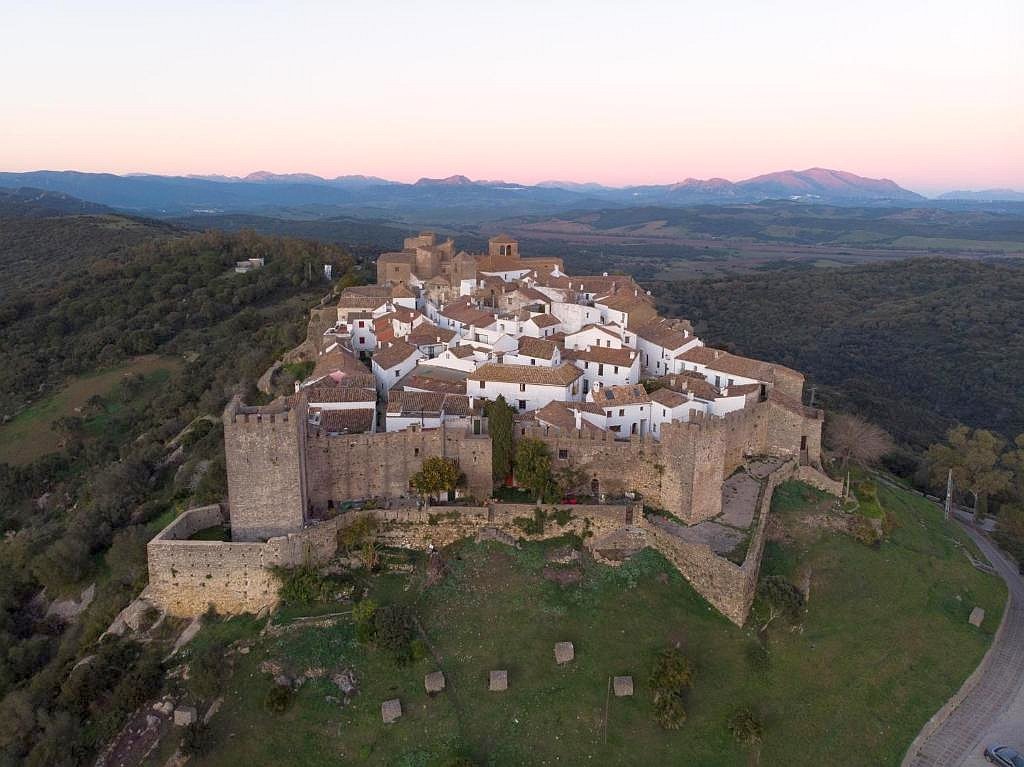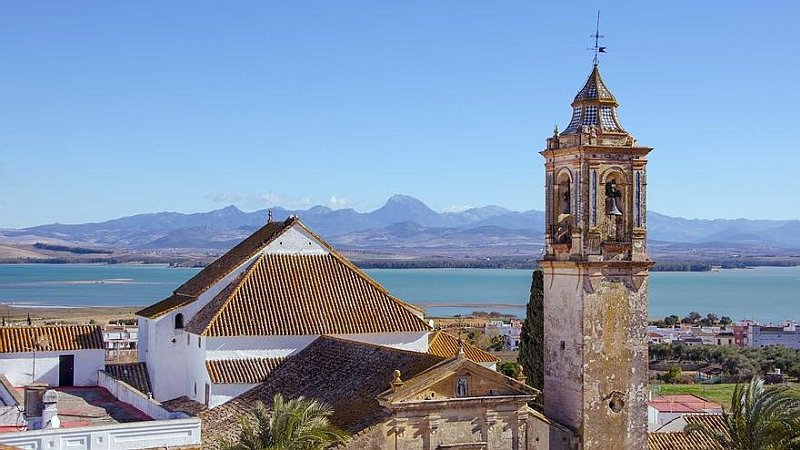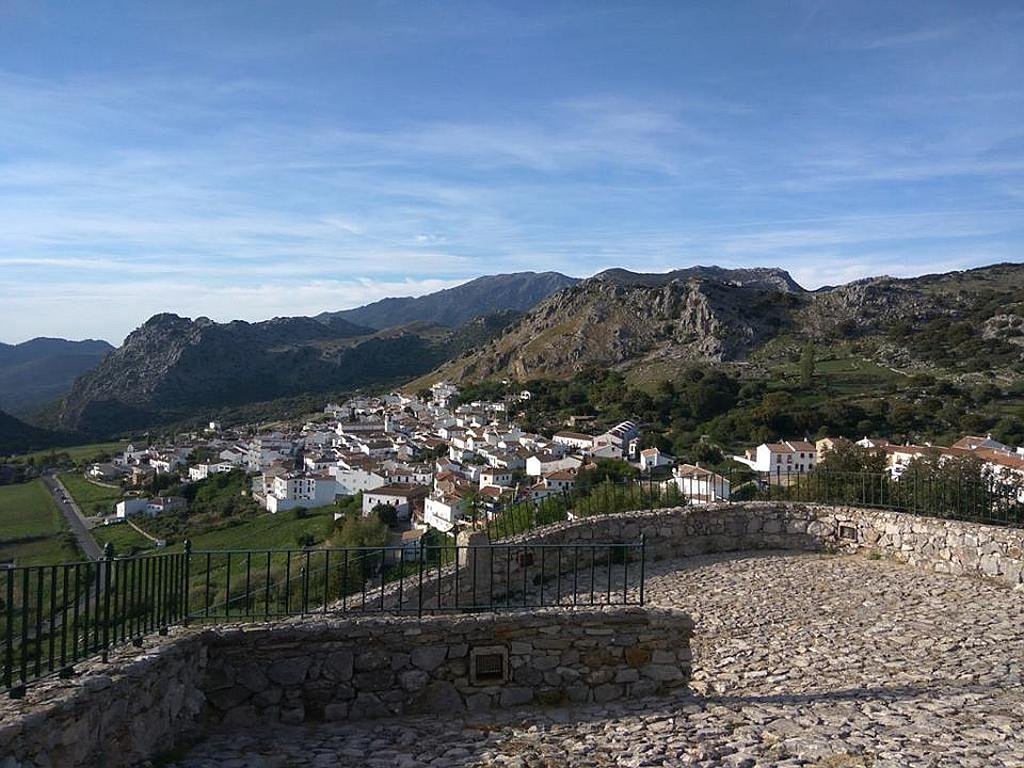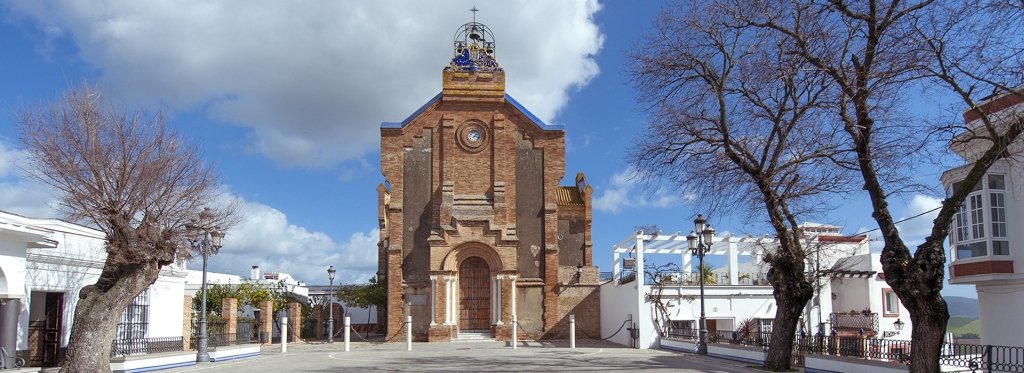Have you ever visited a place that feels like a portal to another world? That’s exactly what I experienced in Castellar de la Frontera, a tiny village perched atop a rocky hill in Los Alcornocales Natural Park. It’s a place where history whispers through ancient walls, where the air is fragrant with wild herbs, and where every sunset feels like a gift from the universe.
Staying at the Hotel Castillo de Castellar, a converted medieval fortress, was the cherry on top of this extraordinary journey. Here’s a glimpse into my unforgettable adventure in this hidden treasure of southern Spain.






